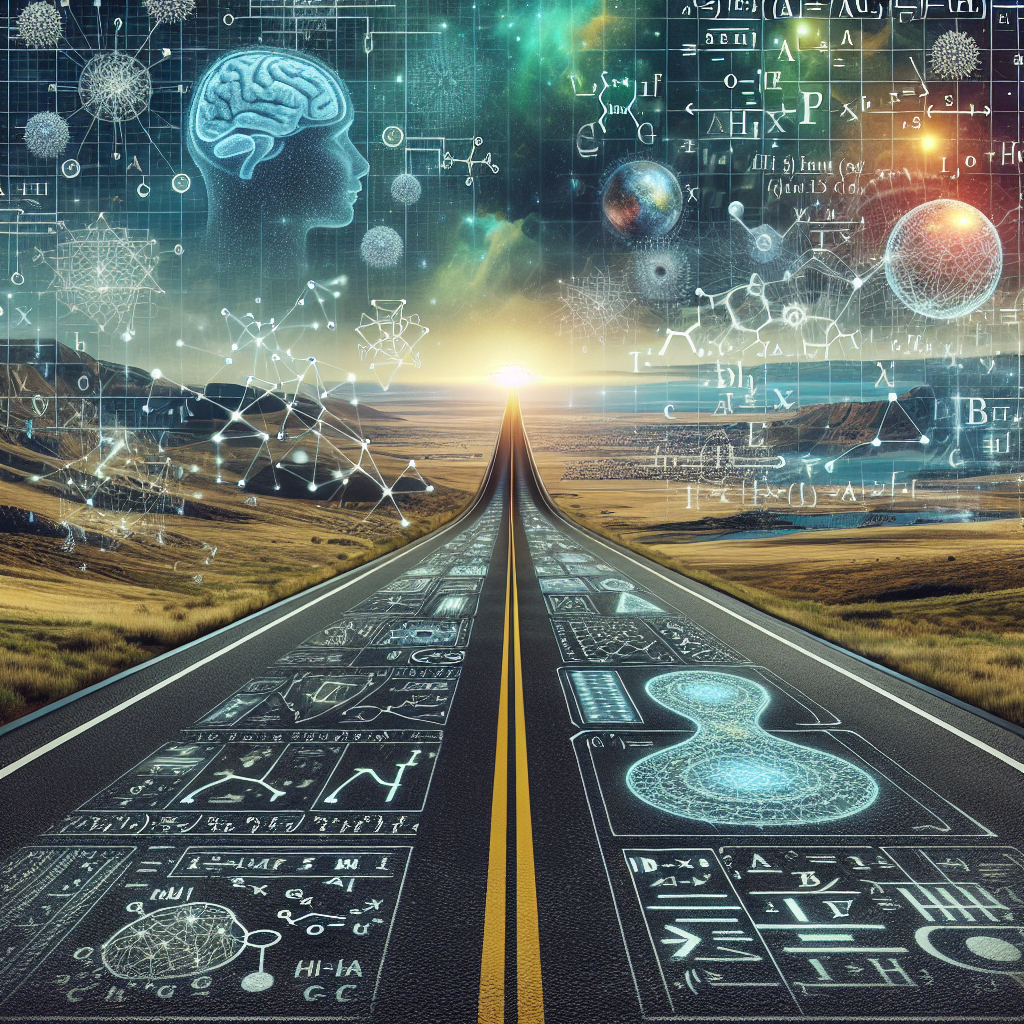The Road to AGI: Challenges and Breakthroughs in Creating General Intelligence
Artificial General Intelligence (AGI) has long been a goal of the field of artificial intelligence (AI). Unlike narrow AI, which is designed for specific tasks and applications, AGI aims to create machines that can perform any intellectual task that a human can. Achieving AGI would represent a major leap forward in the development of AI and could have a profound impact on society.
However, creating AGI is no easy task. There are numerous challenges that researchers must overcome in order to achieve this goal. In this article, we will explore some of the key challenges facing the development of AGI, as well as some of the breakthroughs that have been made in recent years.
Challenges in Creating AGI
One of the biggest challenges in creating AGI is designing a system that can learn and adapt in a way that is similar to human intelligence. While current AI systems are capable of learning from large amounts of data, they lack the ability to generalize and apply their knowledge to new situations. This is known as the problem of “transfer learning,” and it is a major hurdle in the development of AGI.
Another challenge is designing a system that can exhibit common sense reasoning. Humans are able to make intuitive leaps and infer information that is not explicitly stated, but current AI systems struggle with this kind of reasoning. Developing a system that can understand context, make logical inferences, and apply common sense knowledge is a key challenge for AGI researchers.
Additionally, there is the challenge of creating a system that can understand and generate natural language. While significant progress has been made in the field of natural language processing, creating a system that can understand and generate language in a truly human-like way is still a major challenge.
Finally, there is the challenge of designing a system that is ethical and safe. As AI systems become more powerful and autonomous, there is a growing concern about the potential negative impacts of AGI on society. Ensuring that AGI systems are aligned with human values and do not pose a threat to humanity is a critical challenge that must be addressed.
Breakthroughs in Creating AGI
Despite these challenges, there have been some significant breakthroughs in the field of AGI in recent years. One of the most notable breakthroughs is the development of deep learning techniques, which have revolutionized the field of AI. Deep learning has enabled researchers to train neural networks on vast amounts of data, leading to major advances in areas such as image recognition, speech recognition, and natural language processing.
Another breakthrough is the development of reinforcement learning algorithms, which enable AI systems to learn through trial and error. Reinforcement learning has been used to achieve impressive results in tasks such as playing video games and controlling robotic systems. This approach could be a key step towards creating AGI systems that can learn and adapt in a more human-like way.
Researchers have also made progress in the field of transfer learning, developing techniques that allow AI systems to transfer knowledge from one task to another. This could help address the challenge of generalization and enable AI systems to apply their knowledge to new and unfamiliar situations.
In addition, there have been advances in the field of natural language processing, with the development of neural language models that are capable of generating human-like text. These models have shown impressive results in tasks such as language translation and text generation, bringing us closer to the goal of creating AI systems that can understand and generate language in a truly human-like way.
FAQs
Q: What is the difference between AGI and narrow AI?
A: AGI aims to create machines that can perform any intellectual task that a human can, while narrow AI is designed for specific tasks and applications.
Q: What are some of the key challenges in creating AGI?
A: Some of the key challenges in creating AGI include transfer learning, common sense reasoning, natural language understanding, and ethical and safety concerns.
Q: What are some of the recent breakthroughs in the field of AGI?
A: Recent breakthroughs in AGI research include the development of deep learning techniques, reinforcement learning algorithms, transfer learning techniques, and advances in natural language processing.
Q: What are some of the potential benefits of AGI?
A: AGI has the potential to revolutionize industries such as healthcare, transportation, and finance, as well as to help address some of the world’s most pressing challenges, such as climate change and poverty.
In conclusion, the road to AGI is filled with challenges, but also with exciting breakthroughs that bring us closer to achieving this ambitious goal. By addressing the key challenges in creating AGI and building on recent advances in the field, researchers are making progress towards creating machines that can think and learn in a truly human-like way. The development of AGI has the potential to transform society in profound ways, and it will be fascinating to see how this journey unfolds in the years to come.

